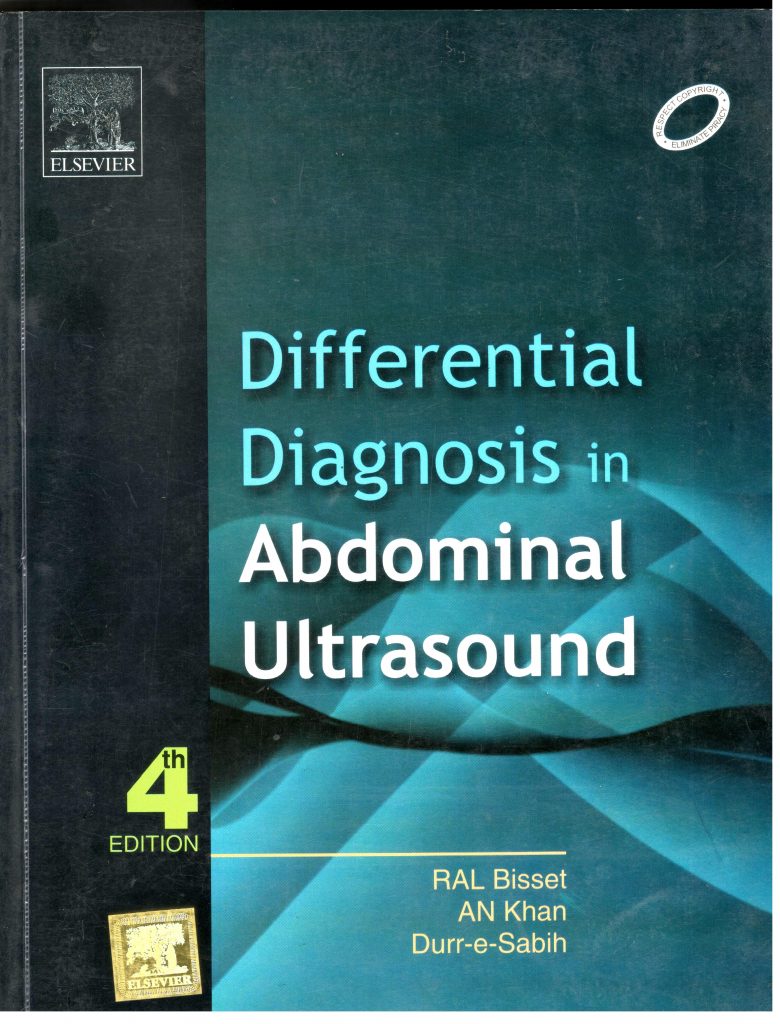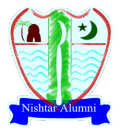
Over twenty years have passed since the first edition of the book was published (1990). At that time there was no other book on the subject. Ultrasound is now used to diagnose more and more complex pathologies, and gone are the days when the only strength of ultrasound was differentiating solid from cystic. This also means that a resource is needed, more than ever, to guide the novice as well as the expert ultrasound reader through the myriad possibilities of a finding in order to arrive at a single or limited list of possible diagnosis.
We used the gamut approach to develop our lists of differential diagnosis for a particular ultrasound finding; using these differential diagnoses in conjunction with all other clinical information available we have been able to make an accurate diagnosis or guide further investigation in the majority of cases examined. These differential diagnoses have been valuable in our clinical work and form the basis of the book.
To curtail costs, the first and second editions of the book were published without images. However, a constant criticism of the book was the lack of images. Ultrasound is a visual science, and images form a part of pattern recognition. Our third edition published with Elsevier India was introduced with images, and was well accepted. Ultrasound is a rapidly advancing science with a need of updated information. Our own experience has also grown considerably, and we have incorporated this information into the present edition. This edition has new sections on Focused Assessment with Sonography For Trauma (FAST), intraoperative ultrasound, contrast enhanced ultrasound, and several images have been added and some old ones have been changed for Further improvement.
This book is aimed at radiologists, physicians, radiographers, gynaecologists, nurses, midwives, technologists, and trainees who are involved in doing and interpreting ultrasound scans. It should be most useful in the reporting room or next to the ultrasound machine, frequent use will make ultrasound interpretation more relevant and focused.
The book is an essential reading for higher examinations in radiology such as the FRCR, MD, diplomas, and masters in ultrasound.
RAL Bisset
Ali Nawaz Khan
Durr-e-Sabih

